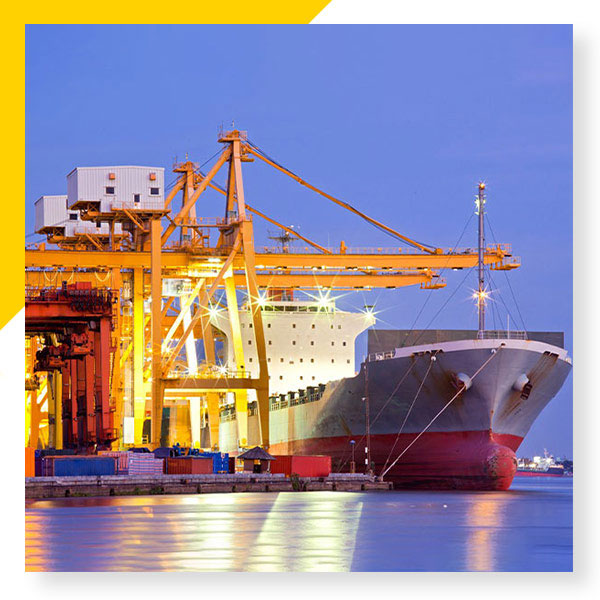Import

imports
Import is the purchase of goods and services by a country from other countries for domestic use. Goods and services purchased from foreign countries are used or sold by the government or in the domestic market for public welfare. The import of goods and services has a direct impact on the country's economy. Higher import trade means a weaker economy. With large imports, large amounts of money leave the country.
For example, many countries depend on Middle Eastern countries for crude oil and fuel, and these countries become rich due to the high rate of oil exports. Selling oil to other countries brings more income to the economy. For this reason, countries want to balance imports and exports so that there is less burden on the economy. However, it is difficult for countries to achieve it.
One of the differences between exports and imports is that countries usually avoid importing goods and services as much as possible and try to produce as much of their needs as possible inside the country. However, goods that are impossible to produce in the home country (such as crude oil) or too expensive to produce at home will be imported from other countries.
The process of importing goods
Here we discuss the process of importing goods from other countries, which helps us understand the differences between export and import in the process of doing work.
- 1. Inquiry in the world market of goods: The import process begins with an inquiry in the world market. Information can be obtained from trade associations. Finally, the companies that provide the required goods for export are discussed about the rate and terms of delivery and other matters.
- 2. Obtaining an import permit: The importer must obtain an import permit. For this, you must have information about the need or lack of need and how to get permission.
- 3. Obtaining foreign currency: In the next step, you need to obtain the currency of the country from which you want to import goods.
- 4. Place an order: Place an order with exporters. Your order must contain detailed information about the color, design, quantity and other important information about the product.
- 5. Letter of Credit: This is an important step in the import process. You receive a letter of credit from the bank that shows your credit. The letter of credit proves the authenticity and terms and conditions of your order.
- 6. Receipt containing shipping information: Your exporter will send you a receipt containing shipping information such as ship name, invoice number, description of the shipped goods, etc.
- 7. Sending import documents to the bank: According to the delivery of the goods, the import document is sent to the bank for further actions.
- 8. Receiving delivery: Export documents are received from the delivery agent.
- 9. Clearance and customs clearance: The last and most tedious step of the import process is related to customs clearance. You have to go through a lot of legal formalities to control imported goods.
Nikroz Almas Caspian Company is ready to clear and deliver your imported goods from all customs of the country
Shipping service to send your products to all parts of the country in the fastest possible time and at the lowest cost
